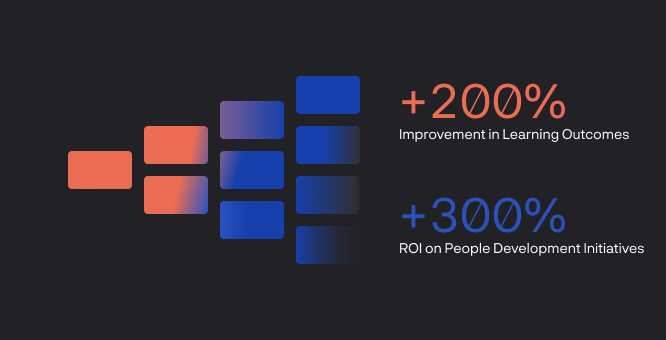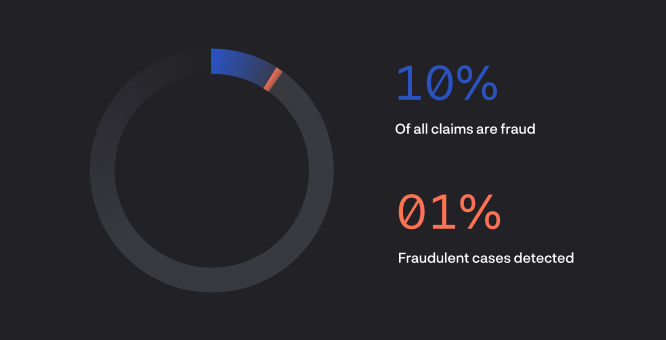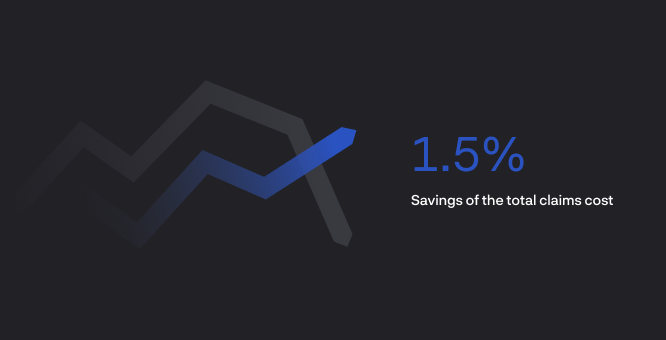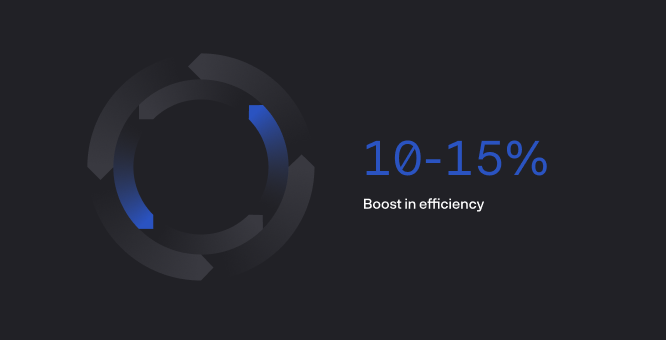


Investments in learning often fall short – not due to lack of effort, but because many programs aren't designed with business outcomes in mind. Peopleway changes that.
Built on 40 years of learning science and over 40 million evaluated training sessions, Peopleway's approach blends design thinking with AI to guide the creation of high-impact development programs. Our platform helps teams align learning goals with strategic priorities and ensures measurable ROI from the start.

Most programs overlook the critical factors that enable learning transfer – timing, relevance, and context – which are often missing from the design itself. Peopleway ensures these are embedded from day one.
With integrated analytics and outcome-driven methodologies, we help organizations transform learning from a cost center into a performance accelerator.
Leaders shape culture, performance, and resilience. Yet many organizations struggle to scale leadership development beyond the top tier. Peopleway® 360 provides real-time visibility into leadership behaviour across all levels – enabling measurable growth, better alignment, and targeted feedback.

Co-developed with the Leadership Pipeline Institute (LPI), Peopleway® 360 links feedback to action using behaviour-based assessments, stakeholder dashboards, and learning impact measurement. Combined with our AI assistant, it ensures reinforcement of leadership habits in day-to-day operations. It provides 180°/360° feedback with proven LPI models, real-time dashboards to track behaviour change, and a validated methodology built for accountability and scale.
Approximately 10% of all insurance claims are deemed fraud. However, empirical research indicates that European Insurance Companies, on average, only succeed in uncovering about 1% of fraudulent cases.

Despite significant investments in fraud detection framework to analyze Despite significant investments in fraud detection framework to analyze policyholder data through advanced technologies using AI, Machine Learning, Predictive Modeling, Blockchain, Biometrics etc the majority of fraud remain undisclosed.
New AI technologies accelerating human behaviour has proven to add a further 2% savings of the total claims costs.
In non-life insurance areas such as property, contents, casualty, and workers' compensation, subrogation can yield savings of up to 3% on the total claims costs.

It is surprising to note that many companies can only identify a mere 1-1.5% of these potential savings. The primary challenge arises from insufficient information provided in the damage description and claims data.
Often the information is simply not there. Thus, Data Analytic technologies’ fail to reveal the potential subrogation savings. Furthermore, claims handlers often overlook these cases due to their infrequent occurrence.
Behavioural intelligence using micro nudging has now proven to add a further 1.0–1.5% savings of the total claims cost.
The continuous configuration and development of core IT solutions to optimize workflows, improve efficiency and business performance is a challenging problem that has not yet been solved.

The limited IT resources and the continuous influx of new requirements strain the system, creating a growing backlog of unresolved requests for optimizing systems and workflows. These challenges prevent employees from achieving greater efficiency.
Now, incorporating a layer of behavioural intelligence that overlays IT systems, has proven to unlock a remarkable boost in efficiency of 10-15%
Driven by the pursuit of growth and profitability, businesses aim for various key objectives such as acquiring a larger customer base, increasing average basket size, and improving customer retention.

In the insurance industry, a 15-20% churn rate is common, making sales and customer retention top priorities. As a result, substantial investments are made in sales training, Sales Analytics and Business Intelligence (BI) Tools.
However, despite these efforts, significant variations persist in the individual salespeople's success levels. Now using artificial intelligence to accelerate human behaviour has shown a promising new way to create significantly better sales results.
